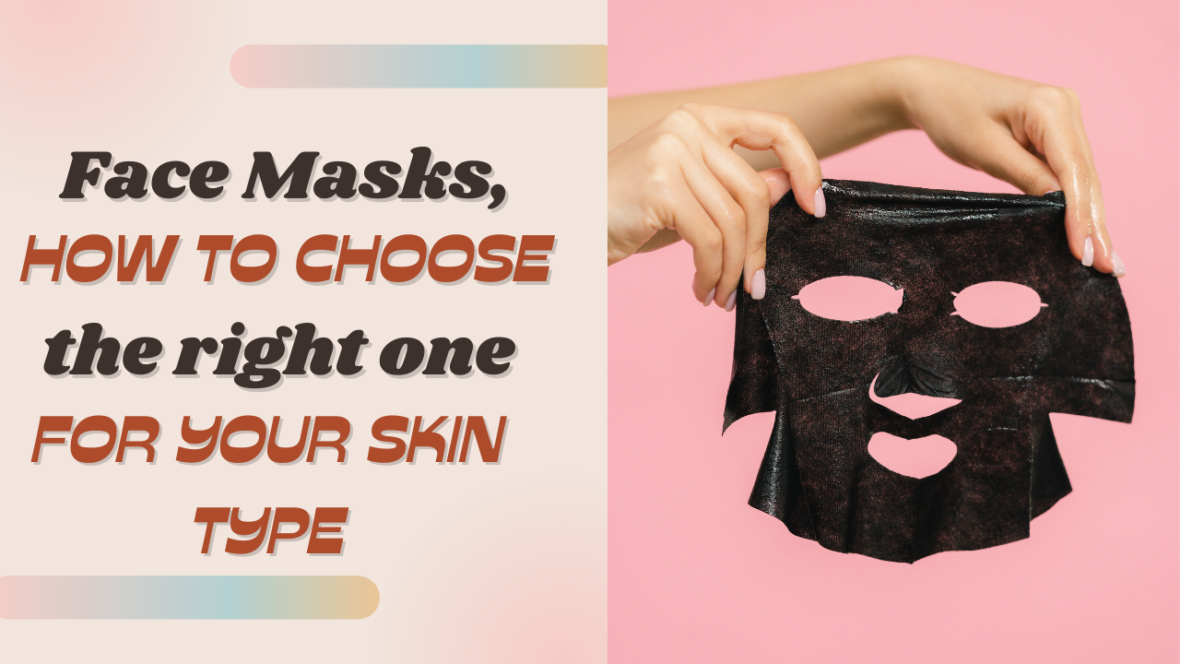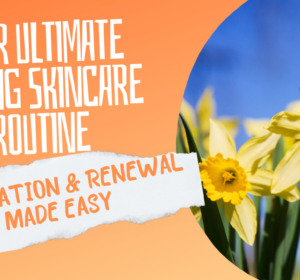I love Sunday evenings when I get a warm cup of tea, play soft music, burn some incense, apply a face mask and relax. There is an amazing and relaxing moment. Face masks are becoming very popular as they produce a quick effect on your face. There are different options available, each one claiming different benefits. You can feel overwhelmed, but I am going to tell you in this post all that you need to know to choose the right face mask.
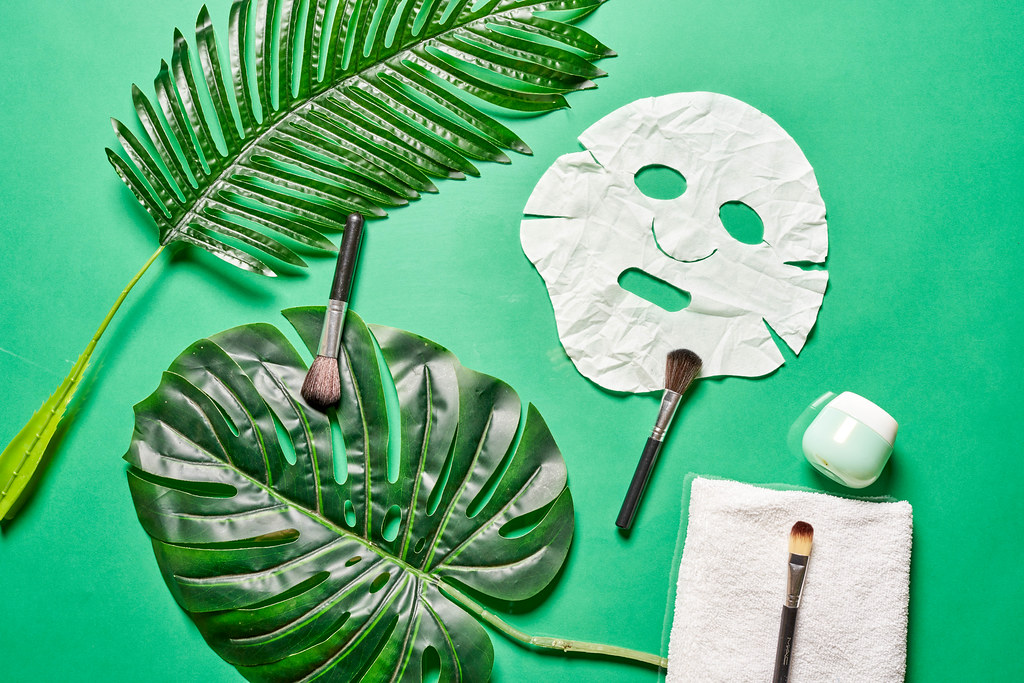
What are face masks
Face masks are a good addition to any skincare routine. You can use them to target specific skin concerns like hydrating, purifying, soothing, etc.
They are a layer, product or tissue, depending on the mask, that you apply over your face for some time and leave to work. After the specified time, you remove the tissue or wash the product you applied on the face.
Effects of the face masks
There are face masks for almost any skin concern. Among the most important effect a face mask can produce, it is worth mentioning:
Moisturising. I already mentioned it in different posts, but having moisturised skin is the most important step if you want to have healthy skin. Most of us indeed apply a moisturising cream day and night, but face masks can give the hydration your skin needs in a very quick way.
Cleansing. One of the most popular face masks is the mask with a cleansing effect. It is very important to keep your skin clean and cleansing masks are a good complement to your daily cleansing routine. That is particularly important for people with blackheads.
Soothing. Our skin is continuously suffering the effects of temperature, wind, rain, etc. If you live in a city your skin is also in contact with pollutants. All these factors irritate the skin. Soothing face masks help the skin to come back to normal condition, calming down the irritation.
Brightening. This type of face mask helps your skin to look dewy and healthy. All makeup applied over dewy skin will look better.

When to use a face mask?
To get the maximum benefits out of face masks you should use them regularly, although not daily as other skincare products (moisturiser, cleanser, sunscreen, toner,…)
The ideal frequency of application is once to twice a week. That will depend on different factors, such as your skin condition and the season of the year among others. For example, my skin is dry and during winter I need moisturising face masks twice a week. However, during summer I only need to apply them every 7-10 days.
My favourite time to apply a face mask is during the evening, after a deep skin cleansing and a relaxing bath. During the night the skin enters the repair mode. I like to give the extra benefits of a face mask just before it starts to repair.
Type of face masks
Clay mask
This type of mask is made of clay, normally red clay or kaolin (white clay). You can buy ready-to-use clay masks or you can buy the clay and mix it with water to get the face mask. The time this type of mask is on the face is between 15 to 20 minutes. Then you need to rinse it off.
Clay is a good ingredient to remove impurities and excess oil. Therefore, clay masks are indicated for people with oily skin.
That doesn’t mean that people with dry skin cannot use clay masks, I like to use them. Simply keep in mind that you should hydrate well the skin after removing the clay.
The main effects of clay masks are:
- Remove impurities from the skin
- Produce a smooth exfoliation
- Eliminate excess sebum
- Bring some minerals to the skin
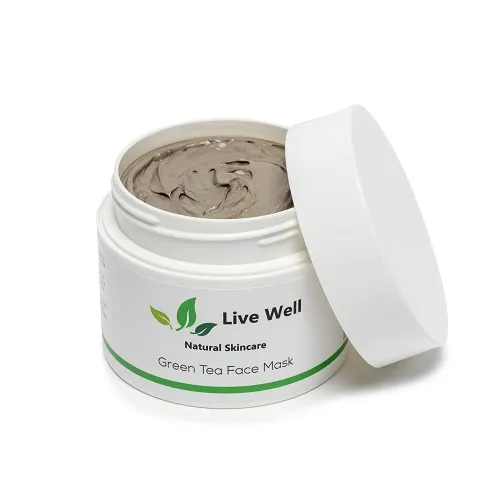
Peel-off masks
This type of mask consists of a gel that you apply over the face. After some time the gel dries off, leaving a sort of film over the skin which you should remove. The name, therefore, comes from the fact that you should peel off the film.
The main inconvenience of this type of mask is that sometimes it is not easy to peel off the masks. It can hurt and sometimes you get rests of film on the face.
However, the main benefit is that they are a good option for deep cleansing of the pores.

Sheet masks
I think they are the most popular face masks, although not the most eco-friendly. This type of mask consists of a tissue soaked in a serum which contains the active ingredient. You apply the tissue with the active over your face and leave it there for the required time. Then, after that time, you remove the sheet and massage the excess serum on your skin.
You can find sheet masks containing almost any ingredient you can imagine. The most popular are hyaluronic acid, collagen and vitamin C.

Bubble masks
This is a quite new type of mask which can be quite funny to use. They are sheet masks but can also be a cream or a gel. Independently on the form, once you apply the product over your face it starts to produce bubbles. The feeling of these bubbles on your skin is strange but nice. You feel some sort of tingling…..
They produce bubbles because the product contains a carbonated ingredient, which in contact with the air reacts producing carbon dioxide bubbles.
Most of the bubble masks contain charcoal, but they can contain any other ingredient like green tea, antioxidants, etc.
You should remove these masks when they stop to produce bubbles.

Exfoliating masks
The objective of these masks is to exfoliate your skin and remove all dead cells. The way to apply it is with a circular massage and normally they don’t need to be a long time over the skin. You rinse them off after a few minutes of massaging them.
They consist of cream with small particles like sugar, coffee, crushed fruit kernel, etc. Other types of exfoliating masks contain fruit enzymes which produce chemical exfoliation.

Magnetic masks
Magnetic masks are new. They are a cream that you apply as with any other mask. The uniqueness of this type of mask is that you need a magnet to remove it instead of rinsing them off. You cover a magnet with some tissue and approach it to the face. Some particles will go to the magnet due to attractive magnetic force.
This type of mask is a mixture of a cream or serum with some magnetic particles, normally iron, finely ground. After removing the magnetic particles with the magnet, the serum remains over the face. You only need to massage it.
The idea behind this type of mask is that the magnetic energy improves blood circulation and, therefore, induces collagen production and reduces signs of ageing. I don’t know if that is true or only marketing.
The main problem with these masks, in addition to the uncertainty of the effects, is the high price.

Ideal masks for different skin types
It is very important to choose a face mask appropriate to your skin type, age and concerns, as the skin requirements depend on these factors. You must know your skin type (you can read this post about the Different Skin Types). In summary, the main characteristics of each skin type are:
- Oily Skin. Produces a high amount of sebum. It has opened pores and frequently shows blackheads.
- Combination Skin. This skin type is a mixture of oily and dry skin. The T-zone is oily while the rest of the face is dry.
- Normal Skin. This skin type is in a perfect equilibrium between sebum production and skin hydration.
- Dry Skin. It doesn’t produce enough sebum. You feel your skin rough and tight and it is very sensitive to cold weather.
- Sensitive Skin. This skin becomes irritated or red easily.
It is also important to choose a face mask according to your age. It is not the same as what the skin needs when you are 20 as when you are in your 50s.
Generally speaking, the ideal masks for each age range are:
- between 14 and 25 years old you should choose a purifying mask,
- from 25 to 34 years old go for a mask with antioxidants,
- if you are between 35 and 45 years old look for a moisturising mask
- over 45 years old choose a mask which helps with cell regeneration like collagen or peptides.

Main ingredients in face masks
The list of ingredients found on face masks is huge, but I am going to mention the most important and common.
Hyaluronic acid.
Hyaluronic acid is very important to keep skin elasticity. Its production decreases from 25 years old. Any skin type should use this ingredient.
Ceramides.
They are the main component of the skin barrier. They attract water and keep skin hydrated. You need ceramide masks if you have dry, dehydrated or mature skin.
Peptides.
Peptides are becoming a very popular ingredient nowadays. They help with collagen production and with cell regeneration. Peptide masks help to minimise and reduce fine lines and wrinkles.
Collagen.
Collagen also contributes to cell regeneration and sometimes it comes in combination with ceramides. Skin with high collagen levels will look smooth and supple. You should use collagen masks from your 30s or 40s.
Kaolin.
White clay or kaolin is a natural ingredient which cleanses, brights and hydrates the skin. Kaolin is rich in silicon and it is beneficial for people with any skin type.
Red Clay.
Red clay has a high content of minerals. These minerals have soothing and anti-inflammatory properties. Therefore, red clay masks are ideal for people with sensitive skin.
Charcoal.
Charcoal is a purifying ingredient. It eliminates toxins and excess sebum which makes this ingredient ideal for people with oily or acne-prone skin.
Probiotics.
Probiotics are a series of bacteria beneficial for the skin. They soothe and hydrate the skin and help the skin to fight against external pollutants. Try a mask with this ingredient if you suffer from acne or live in a highly polluted city.
Vitamin C.
Vitamin C helps with collagen production and has antioxidant properties. Therefore, this ingredient helps to reduce the signs of ageing.

As you can see, there is a mask for each skin condition, skin type, age and personal taste. They are an amazing tool to target specific problems of your skin, they give a boost to your skin in a short period, and make your skin look moisturised, glowy and healthy. You are ready now to include them in your skincare routine.
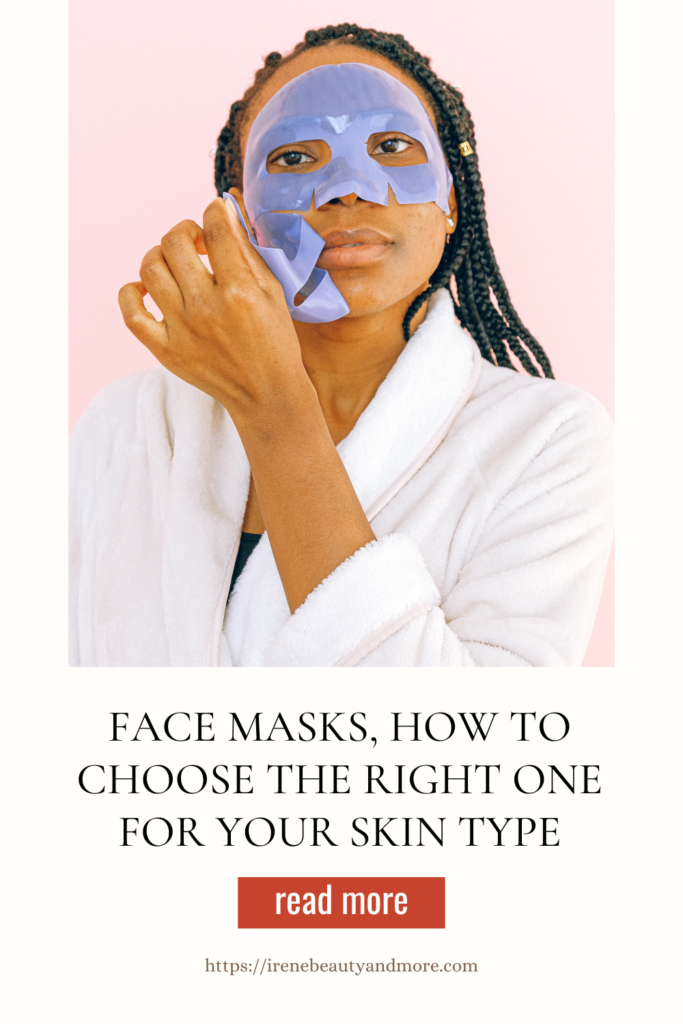
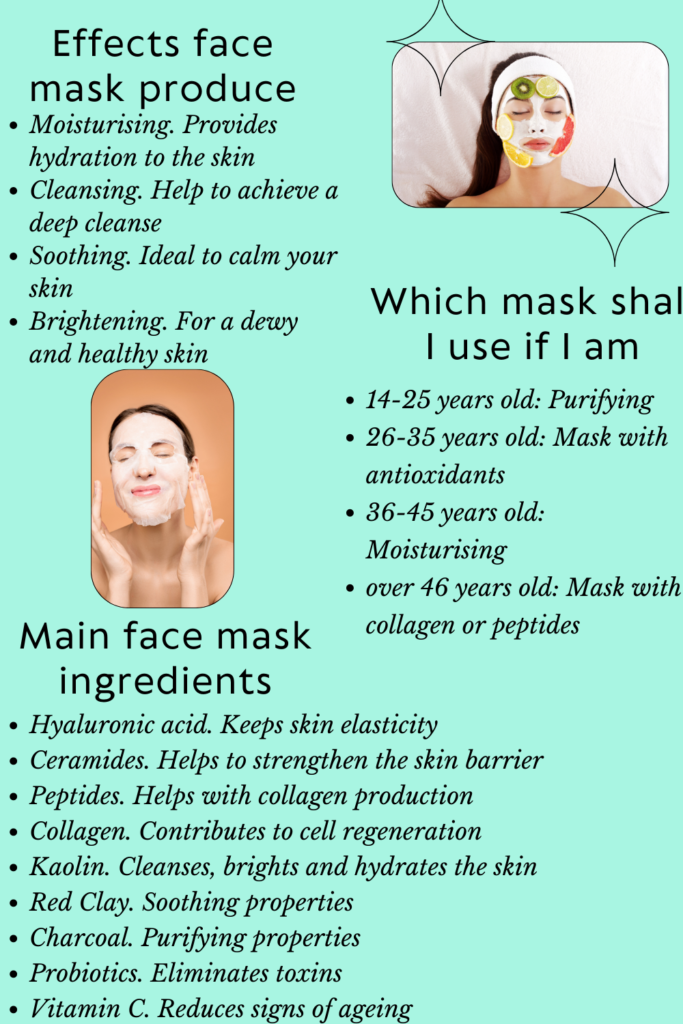
Bear in mind that some of the links in this post are affiliate links and if you go through them to make a purchase I will earn a commission. Keep in mind that I link these companies and their products because of their quality and not because of the commission I receive from your purchases. The decision is yours, and whether or not you decide to buy something is completely up to you.
